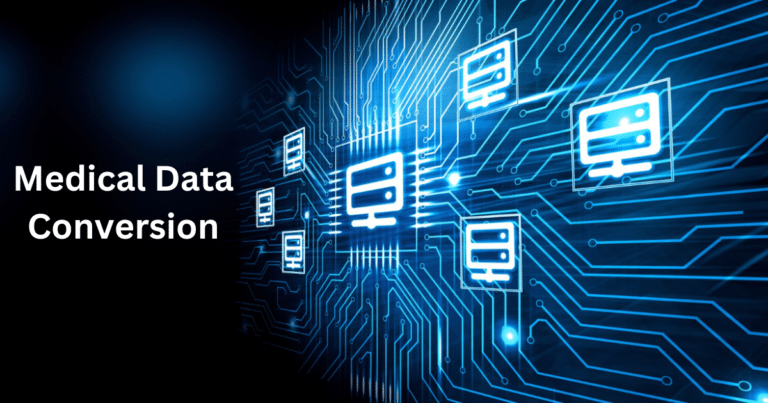
Medical data conversion is a process that has become more and more important for healthcare organizations in recent years, due to the ever-increasing need to exchange data between different systems to drive the technological advancement needs of the organization. This article describes the details of this process, including data migration and extraction, and explains how each step can help healthcare organizations improve their operations. Transforming medical data can be a complex and time-consuming task, depending on the size and complexity of the data set. However, it is often essential for healthcare organizations to properly share information between different systems.
- What is medical data?
- What is medical data conversion?
- Methods of medical data conversion
- Difference between medical data extraction, conversion, and migration
- How is medical data conversion beneficial to your organization?
- What is medical data?
- Clinical Data
- Discrete clinical data (including lab results and medical histories)
- Financial data
- Demographic data
- Imaging
- Workflow data
- What is medical data conversion?
Medical data conversion is the process of moving health data from one system (usually a legacy system) to a new EHR/EMR or departmental software. Medical data conversion is required for organizations to incorporate recently accessed or created medical records into the new system. Medical data conversion can be very complex and requires extensive data mapping prior to medical data migration. Many healthcare organizations struggle with this process because it is not common within their organizations. Medical data is confidential and sensitive information. Incorrect mapping can have a significant impact on patient health.
- Methods of medical data conversion
User discovery: This involves working with a client’s legacy application users and their IT department to determine the scope of the data migration, and reviewing image and document requirements.
ETL: The ETL process includes setting up a staging environment for data migration. It involves extracting the data from existing systems and loading the information into the staging database to clean and transform the information prior to uploading it to the new system.
Vendor output creation: This process is about working with the client’s new vendor to output the required data into the format they require. It includes converting documents and images to formats supported by the new vendor as required.
Testing: Do a lot of testing until it’s good to go.
Going live: The data conversion go-live strategy you adopt must be driven primarily by your business needs. Medical data migration, moving key patient registration, clinical data and appointments from a legacy system into Epic, is an integral part of the Go Live process.
- Difference between medical data extraction, conversion and migration
Medical data extraction: It is the process of filtering out extraneous data which is not of high importance to the task being performed and the specific needs and preferences of the individual user.
Medical data conversion: Medical data conversion is the process of migrating health data from one system, typically the legacy system, to a new EHR/EMR or specialty departmental software.
Medical data migration: Medical data migration is the process of transferring healthcare data from one system to another. This can include moving data from an electronic health record or electronic medical record to a new EHR/EMR system or migrating data from one hospital or clinic to another.
- How is medical data conversion beneficial to your organization?
Retention of medical data – The most obvious benefit is that healthcare organizations can upgrade or migrate to new systems without losing up-to-date medical data. The loss of valuable medical data has many consequences, including reduced efficiency, poor quality of care, and increased costs.
Data Quality and Accuracy – Medical data conversion helps healthcare organizations improve data quality and accuracy and facilitate regulatory compliance.
Ensuring Compliance – When it comes to compliance, medical data conversion helps ensure that healthcare organizations are not violating their medical data processing policies. This includes HIPAA requirements as well as government requirements for medical record retention and management.
Cost savings- Medical data conversion can help reduce regulatory compliance costs. If you need to manage data in multiple formats to meet various regulatory requirements, you may be able to use a medical data conversion tool to consolidate those formats into a single repository which saves both storage costs and staff time required to manage data.
Improving efficiency and safety- The data conversion process can also improve the efficiency and productivity of healthcare organizations by maintaining access to recent health data on the new system. Access to this data can provide safety benefits by having access to the most up to date medical history of patients who have been seen, or charts accessed in the last one to two years.
